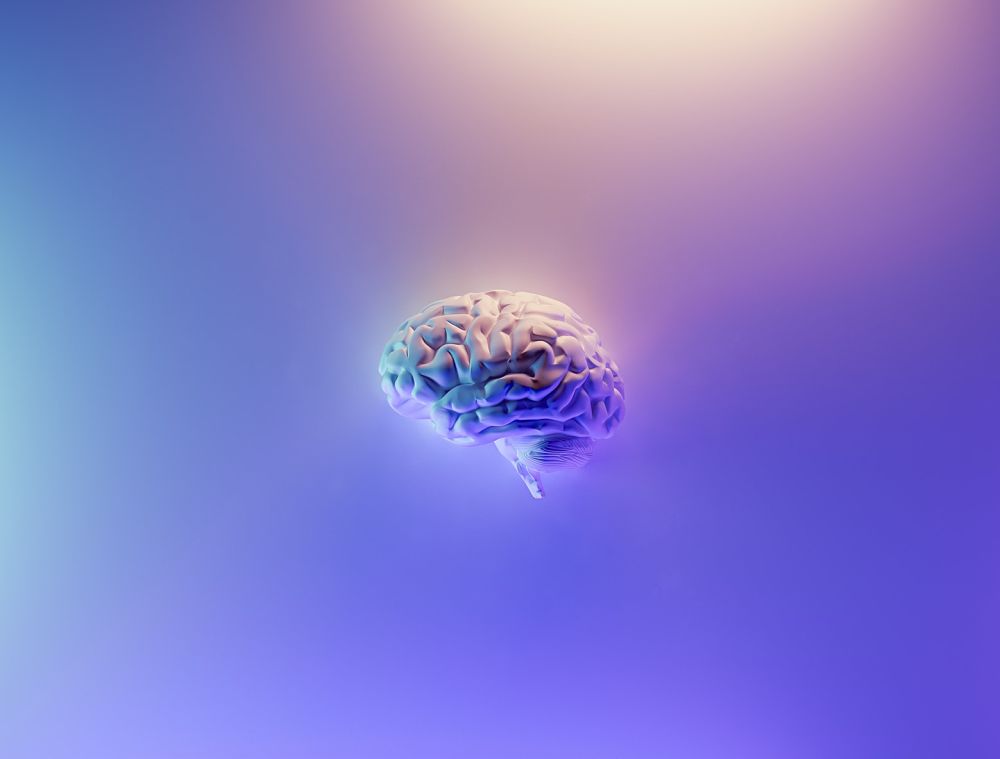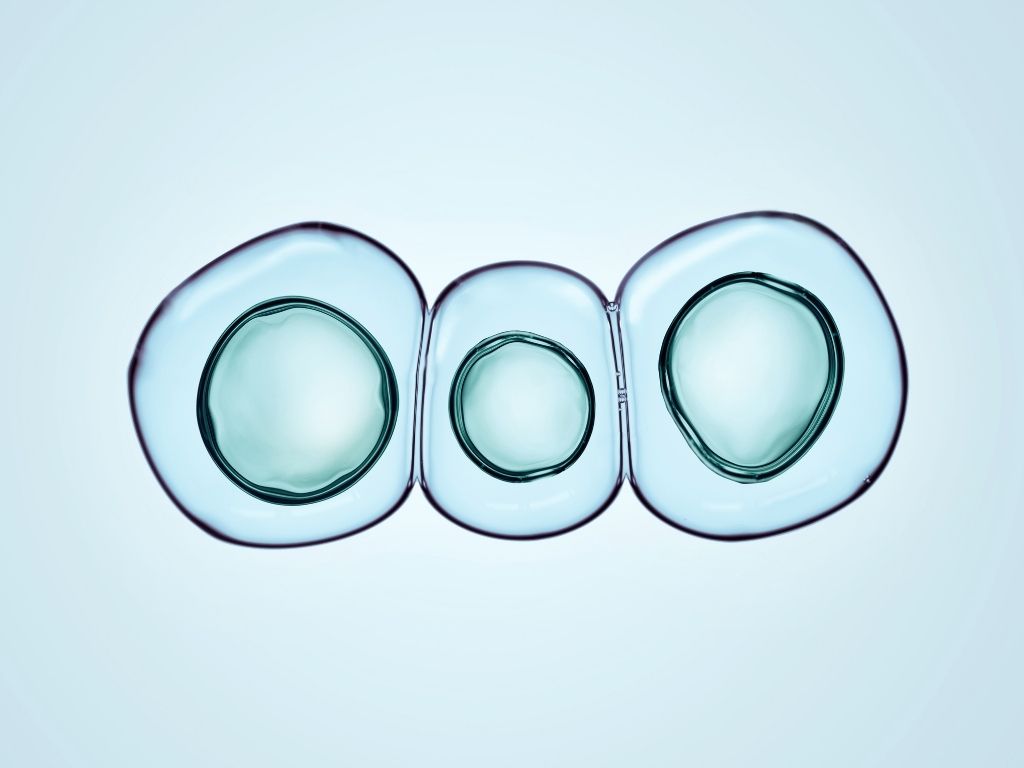Stem Cell Therapy for TBI
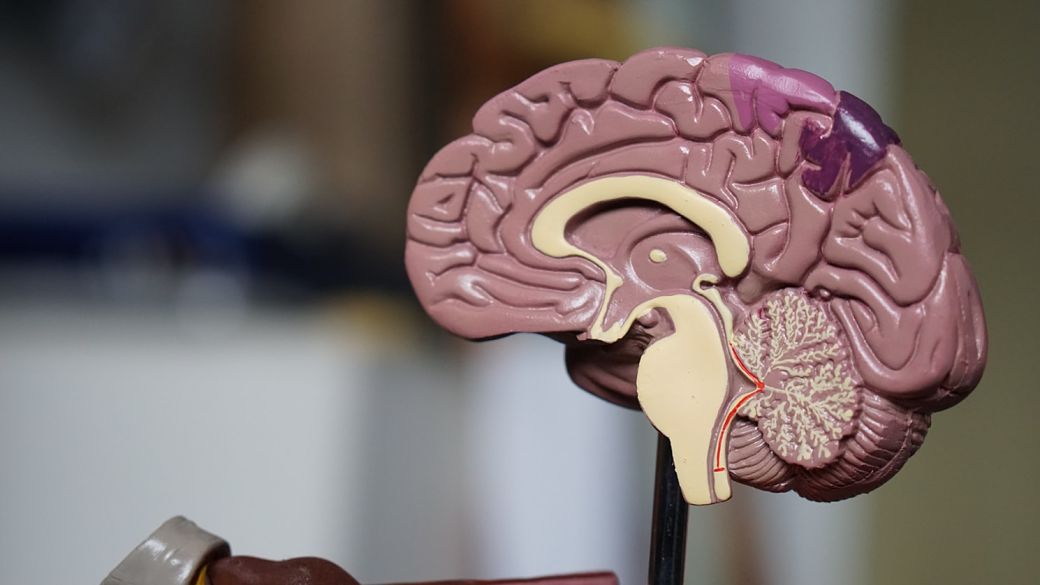
10,000+ subscribers
Join our newsletter to learn more about stem cell therapy and the science behind it.
What is a TBI?
Traumatic Brain Injury (TBI) in a non-degenerative injury to the brain resulting from external blunt force, leading to temporary or permanent impairment of cognitive abilities, physical capabilities, or social impairment from an altered state of consciousness. Approximately 52,000 Americans die every year from a Traumatic Brain Injury (TBI), often the severity of the TBI can predict the likelihood of death after an injury.
What is defined as a TBI?
The Head Injury Interdisciplinary Special Interest Group of the American Congress of Rehabilitation Medicine defines a mild head injury as "a traumatically induced physiologic disruption of brain function, as manifested by one of the following:
- Any period of loss of consciousness (LOC),
- Any loss of memory for events immediately before or after the accident,
- Any alteration in mental state at the time of the accident,
- Focal neurologic deficits, which may or may not be transient."
Common causes of Traumatic Brain Injury (TBI)
According to Toyin Dawodu, et al. these are the most common mechanisms of injury:
- Motor vehicle accidents, they account for approximately 50% of all Traumatic Brain Injuries
- Fall, accounting for 20-30% of all TBIs
- Work related incidents
- Sports related injuries
- Alcohol
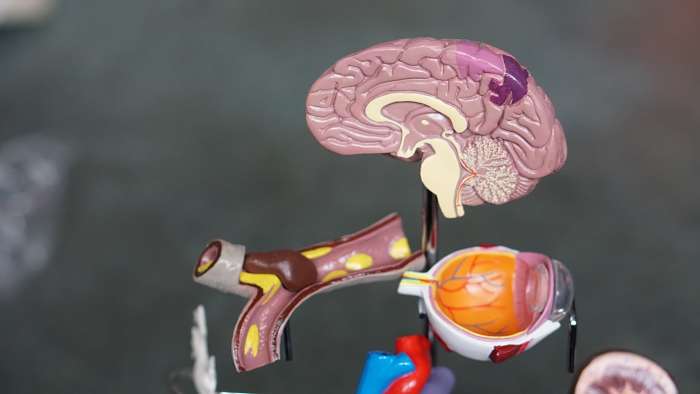
What are the treatments for TBI?
In most cases, emergency treatments are focused on patient stabilization survival. This type of care focuses on getting blood and oxygen to the brain, controlling blood pressure and preventing any further injury. To improve long term symptoms of a TBI most patients undergo rehabilitation or physical and mental therapy. Some medications also used may be anticoagulants, antidepressants, muscle relaxants, and stimulants.
The link between football and traumatic brain injuries
A study led by Jesse Mez, et al. set out to find a link between the sport and the possibility of Chronic Traumatic Encephalopathy (CTE). Their sample was comprised of 202 deceased players of American football from a brain donation program. 87% of the players brains were neurologically diagnosed with CTE. Among the NFL players, 99% had Chronic Traumatic Encephalopathy. Professional athletes are at a higher risk of CTE because of the higher likelihood of TBI of blunt force trauma to the head.
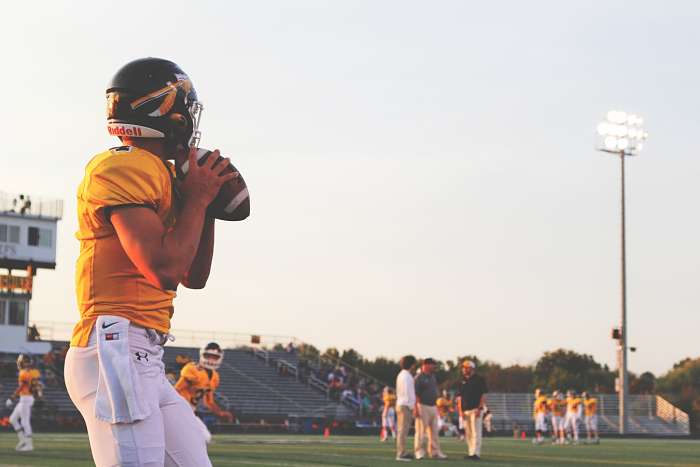
An article was written in Time Magazine in regards to this study, the author states:
"The severity of CTE symptoms appeared to progress the more a person played the sport. High school players included in the study tended to have mild disease, and most college, semi-professional and professional players had severe symptoms. The study authors also found that mood, behavior and cognition problems were common among the players with mild to severe CTE."
Stem cell therapy for TBI
Intravenous stem cell therapy has been shown to improve functional recovery after a Traumatic Brain Injury. One study held by Matthew T. Harting, and colleagues found that the transplantation of stem cells improved scores on motor function tests, although stated that cell delivery must be optimized in order to maximize functional recovery and transplanted cell survival.
Therapeutic Effects of Human Mesenchymal Stem Cells
Stem cells have been proven to have strong anti-inflammatory properties. Through the use of large cell quantity transplants, the youthful stem cells have a regulatory nature on the body. They can reduce the immuno-effect that the body cannot regulate on its own. Specifically, MSCs can inhibit the overproduction and use of T-cells in the body. This effect occurs without compromising the body’s natural immune system and leaving the patient vulnerable to disease. The effect of the transplant is a return of the body to normal immune function and a drastic reduction in a patient’s inflammation markers.
This anti-inflammatory effect can last for years at a time without the need for another transplant. What this means for patients with autoimmune and degenerative diseases is a natural solution to their symptoms, a respite from discomfort, and an overall increase in quality of life. Additionally, not only will the body better be able to heal damaged tissue with the inflammation reduced, but the stem cells will also assist is more rapid healing within the body. It is for this reason that even healthy patients have turned to stem cell therapy as a form of “body maintenance” and to keep naturally occurring inflammation at manageable levels.
A 2010 study held by Hwa-Jung Kim, et al. focused on the therapeutic ability of mesenchymal stem cells for Traumatic Brain Injury (TBI). The study concluded that:
"Treatment of TBI with hMSCs (Human Mesenchymal Stem Cells) during the acute phase of injury can enhance neurological functional outcome, and suggest that increased levels of neurotrophic factors in the injured hemisphere leading to decreased neuronal apoptosis is one mechanism by which functional recovery may occur."
Do pro athletes use stem cells?
Many high profile athletes have already turned to stem cell therapy for help with lingering conditions. It is not uncommon these days to see a sports article showing an athlete traveling across the globe to receive these exclusive treatments. Due to the high-risk high reward nature of their work, pro athletes have historically been more willing to try non-standard or experimental procedures to aid in their rehabilitation. For this reason, stem cell therapies have begun receiving a lot of attention in recent years. Most notably, Peyton Manning elected to receive treatment on his long injured neck, only one season before winning his second and final championship. The progress made in treating sports injuries is often an early signal of the beneficial treatments that will shortly emerge for the general public, and although it may not get the weekend warrior on to a pro field, it will often give them the ability to participate and return to their daily functions just as quickly as the pro-athlete will return to the field.
Why travel abroad for treatment?
Despite the overwhelmingly positive clinical evidence, the United States still has very strict regulations and laws against stem cell treatments. While you may find many clinics in the US offering “stem cell therapies”, these therapies are highly restricted in scope and number of cells used. It is currently not legal to obtain expanded allogeneic treatment inside the US. The expansion is what allows the high cell numbers needed for effective treatment. DVC Stem seeks to provide patients with safe and effective treatments, in a luxurious and beautiful setting.
DVC Stem is located in the beautiful island paradise of Grand Cayman. We are only a short 45 minute flight from Miami & our clinic is situated directly across from the world famous Seven Mile Beach.
.webp)



.webp)
